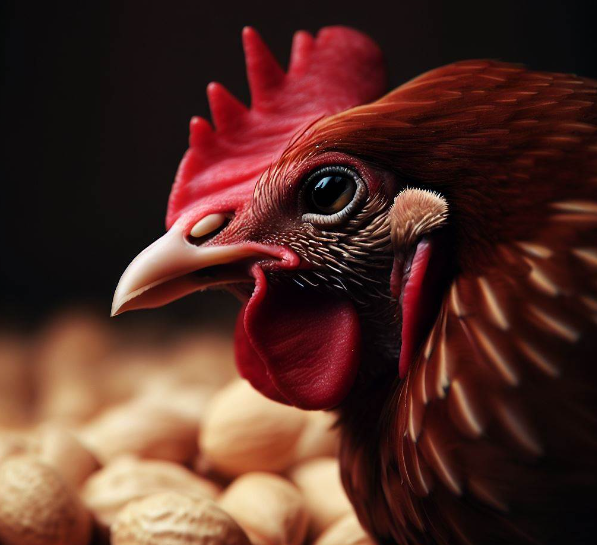Seeds are the baby plants inside fruits, and they need to find new places to grow. That’s where seed dispersal comes in. It’s the way how seeds move from their parent plant to new homes. Fruits are super helpful in this process because they have different clever ways to send seeds away to grow elsewhere.
Table of Contents
1. Flying on the Wind
Some seeds are like little airplanes with wings or fluffy bits to catch the wind. This helps them float away from their parent plant. The wind picks them up and takes them on a ride to new places.
Fruits such as maples, dandelions, and the milkweed plant have seeds that are really good at flying through the air. These seeds have parts that work like gliders, helping them to drift and soar, sometimes going a really long way.
2. Going with the Flow
Seeds can also take trips on water. Some are like tiny boats, floating along on streams and oceans. Coconuts are built for ocean traveling, with a strong outer layer that helps them float and survive long trips through the sea.
Plants like water lilies and mangrove trees also use water to move their seeds around. Their lightweight fruits or special pieces called propagules ride on the water, helping them to plant themselves in new wet areas.
3. Catching a Ride with Animals
Animals love to eat the yummy, juicy part of fruits. But when they do, they’re also helping to carry seeds around. After eating the fruit, the seeds come out safely in their travels and get dropped off in new places.
Some fruits, like cherries and peaches, have seeds that are ready to go through an animal’s stomach and come out the other end. Others have hooks and spikes that get stuck to animal fur or feathers, and then fall off somewhere else as the animal moves along. A plant called burdock is famous for this, with its seeds sticking to anyone or anything that gets too close.
4. Blasting Off Seeds
Believe it or not, some plants throw their seeds like little bombs! The touch-me-not plant is one of these explosive fruits – if you touch it when it’s ready, POP! Seeds fly everywhere.
The squirting cucumber is another example. When it’s just right, it squeezes itself tight and shoots out seeds in a messy squirt. And some mushrooms, like puffballs, can send their spores blowing off into the air when you step on them.
5. Fall and Roll
Good old gravity also does the trick for some plants. Ever been under an apple or pear tree and had a fruit drop near you? Gravity makes fruit fall when they’re ripe, and sometimes they roll away from the tree. This simple drop-and-roll method lets the seeds start new life not too far away.
6. Sticky Travelers
Certain seeds are super sticky or have special hooks to latch onto passerby animals. They hitch a ride on fur or clothes until they fall off at a new spot to start growing.
Even some plants without seeds, like burs, can hitchhike by sticking to animals. They just grab on and sometimes carry seeds from other plants along for the ride.
7. Second Chance for Seeds
After seeds leave their parent plant, sometimes they get another ride to a new home. Animals like squirrels bury nuts and seeds for later snacks. But if they forget some, these buried treasures can grow into new plants.
Ants are helpers too! They pick up seeds and take them down into their nests, moving them into the soil where they can start growing.
Remembering Seed Journeys
- Different tricks like wings, hooks, and floaty bits help seeds move away from their parent plants.
- Wind, water, animals, exploding fruits, gravity, and stickiness are all ways to get around.
- Spreading out seeds means the baby plants won’t crowd each other and have more places to grow.
- Sometimes animals give seeds another lift, spreading them even further.
Mother Nature has some amazing methods to make sure baby plants find new places to thrive. These smart ways of spreading seeds help make sure the plants can keep growing in lots of new places.









